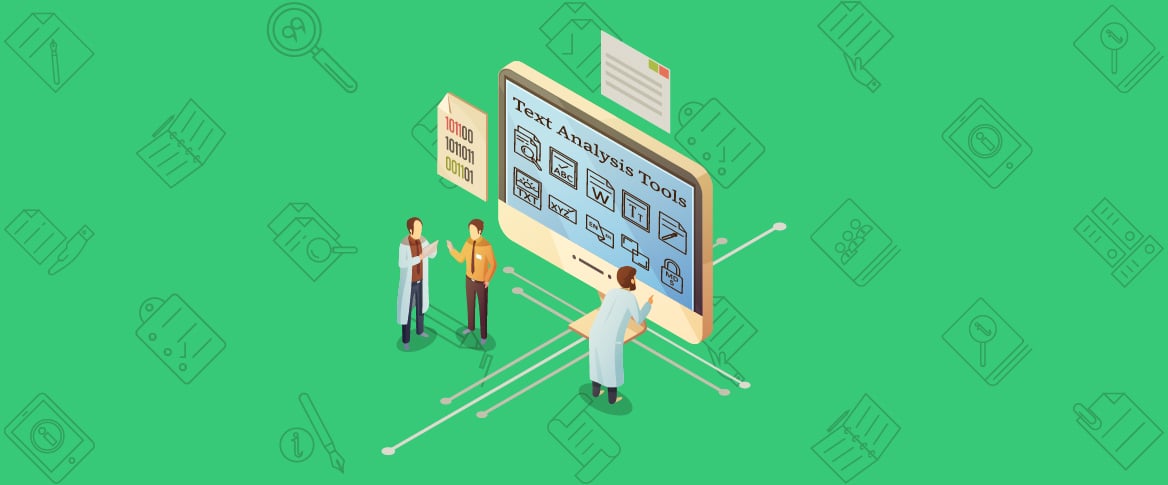Home » About Plagiarism »
 November 27, 2018
November 27, 2018
Plagiarism detections software used by the search engines has made the lives of plagiarists quite hard in the past few years. There was a time when you could expect some really funny content on websites – content that wasn’t related to your search at all and was only stuffed with unnecessary use of keywords. However, the technology improved and it gave search engines the power to assess the data across all servers and catch any plagiarism acts. The strictest steps were taken by Google in recent years and this has really made many online businesspersons change their strategy for online marketing.
It is true that plagiarism detection software is a great help
for those who are in the writing field. They can use this software to know whether the content they have just completed is a copy of another previously available work or not. However, even greater help was given to the search engines through the use of this software. Search engines make sure that the results they produce are most relevant and helpful for online visitors. In short, this software provides a great reason for the search engines to maintain their image in the eyes of their customers.
Some loopholes in plagiarism detection
the software has recently been discovered by the students of various universities. The shocking thing about it is that the techniques used by students for deceiving the plagiarism detection software weren’t even professional techniques. They can now befool any plagiarism detection software using some basic hacking techniques and make the software pass their plagiarized content as clean.
There have been recent reports that have shown how very basic hacking techniques have resulted in making the software malfunction and pass the content without catching the plagiarism in it. Most of the cases took place in universities and schools.
For example, a student would simply
make a document in PDF format and have it submitted to the software for checking plagiarism before submitting it to the instructor. However, before submitting the software the student will turn on a feature in the PDF document that will not let the software read the content of the paper as-is.
The encryption feature that is often turned on by students will simply make the software read every piece of written content as a garbled message and thus no plagiarism is detected. As the experts say, all you have to do is stop the software from matching the content in the paper from other reference content.
The techniques and technology
in use to catch plagiarism is getting better over time but at the same time, there is a group of people that are working on improving their hacking skills.
But this is where one wonders that if these people are so talented to play with hacking tricks, why don’t they simply cite the content and save themselves the hassle? Any rational mind will agree here that only evil minds find such loopholes and work on all illegal activities because they just don’t want to cite the original author and make the content theirs – which is not true.
- August 2025 (1)
- July 2025 (1)
- June 2025 (1)
- April 2025 (1)
- March 2025 (1)
- February 2025 (2)
- January 2025 (1)
- December 2024 (4)
- November 2024 (8)
- October 2024 (1)
- September 2024 (3)
- August 2024 (2)